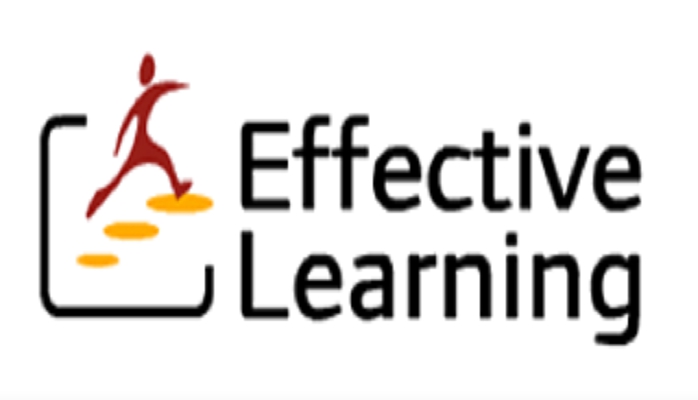Talent analytics is the catalyst that’s gaining immense importance in making learning more agile and accurate.
While organisations are investing huge efforts in designing the best-in-class learning solutions for talent development, talent analytics is the catalyst that’s gaining immense importance in making learning more agile and accurate. Whether need-based or not, if learning is the prescription to a condition (or a probable condition), analytics is the diagnostic mechanism that helps get to the root of the condition, ensuring that the best prescription is offered. It is now a well-established fact that efficient talent analytics is critical to learning design.
In fact, analytics enables HR professionals to analyse, interpret, and make the best possible decisions and recommendations based on workforce data. It is crucial for organisations to determine what workforce-related problems they need to solve and how addressing those workforce challenges will impact organisational effectiveness. It is analytics that helps identify the same.
Hemalakshmi Raju, head, learning & development, Cipla, says, “The power of analytics in making learning more effective is something that we will see going ahead. Using the power of data to see what kind of learning is needed, who needs it and when, can be a big game changer with respect to learning effectiveness.”
“The power of analytics in making learning more effective is something that we will see going ahead. Using the power of data to see what kind of learning is needed, who needs it and when, can be a big game changer with respect to learning effectiveness.”
Hemalakshmi Raju
In addition, business-aligned learning is also a requisite for sustained success and business growth, and it requires certain business acumen. While it is not likely that learning professionals will be expected to fluently analyse financial statements, understanding the company objectives and how the organisation evaluates itself is imperative.
It is also crucial to understand that HR professionals need a consistent analytical point of reference to make human capital decisions that impact business results. In that, analytics helps in identifying top and emerging talent, in turn mapping their career paths and learning solutions to their succession plans. It helps in:
• Identifying top performers with performance ratings, assessments and succession plans; and
• Developing top talent with career development and personalised learning paths.
“L&D professionals need to behave like product managers working for customers, who have unfulfilled needs, rather than simply designing courses that employees are required to complete.”
Guillermo Miranda
Using the power of analytics, the first thing an organisation must do is determine what workforce-related problems it needs to solve and how addressing those workforce challenges will impact organisational effectiveness. In doing so, here are a few questions that organisations should ask during this phase:
• Does my organisation have a sufficient number of individuals with the right skills to support a new product launch?
• What training interventions would be most useful to increase the productivity of my offshore contact centre?
• What are the factors that differentiate higher-performing managers in my most productive branches?
It is critical to answer these questions, as without clearly identifying problems that have a direct impact on business performance, organisations run the risk of investing time and energy in areas that are not a priority. The purpose of measuring any business process is to obtain actionable information for improvement.

Guillermo Miranda, global chief learning officer, IBM, says, “L&D professionals need to behave like product managers working for customers, who have unfulfilled needs, rather than simply designing courses that employees are required to complete.”
He also describes how talent management is now moving to ensure more enabled and multitasking teams instead of individuals. With that, the role of talent managers has also transformed. Five years ago it was focussed on how to create a career path for an individual, but today it requires them to create an environment for the team to succeed.
“The world, where everyone used to have a job role with repeat tasks, is rapidly vanishing and progressing into an agile methodology,” Miranda opines. In times such as these, talent managers need to be even more concerned about the teams they collate, and their learning and development needs. Analytics is undoubtedly the key to unlocking the true potential of an efficient learning culture.
Leverage data to change the game. Move from reports that say what is happening to analytics that tell you why. Read this informative and educational whitepaper to know how workforce-related problems can be solved.



